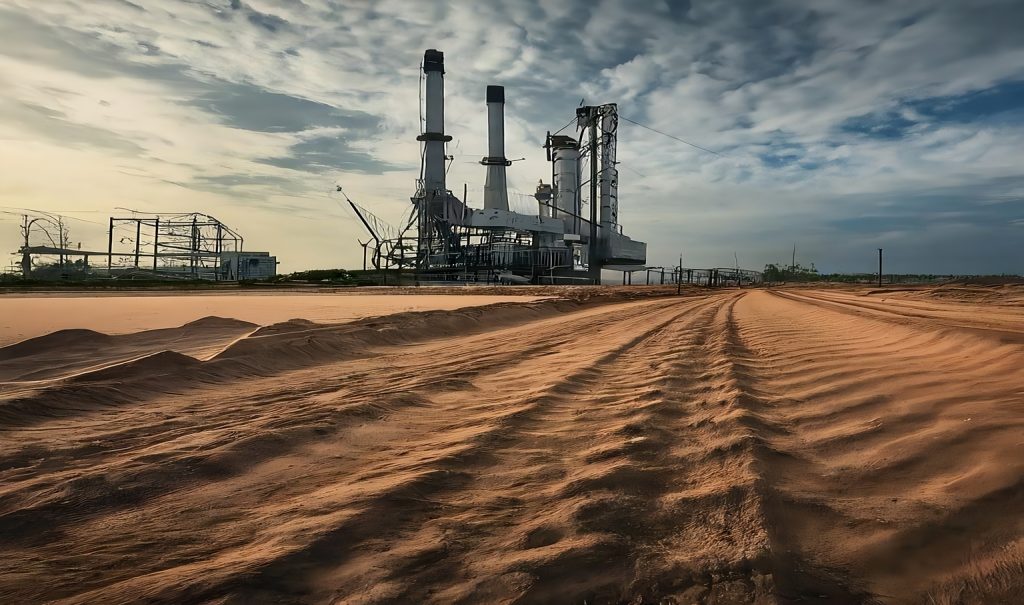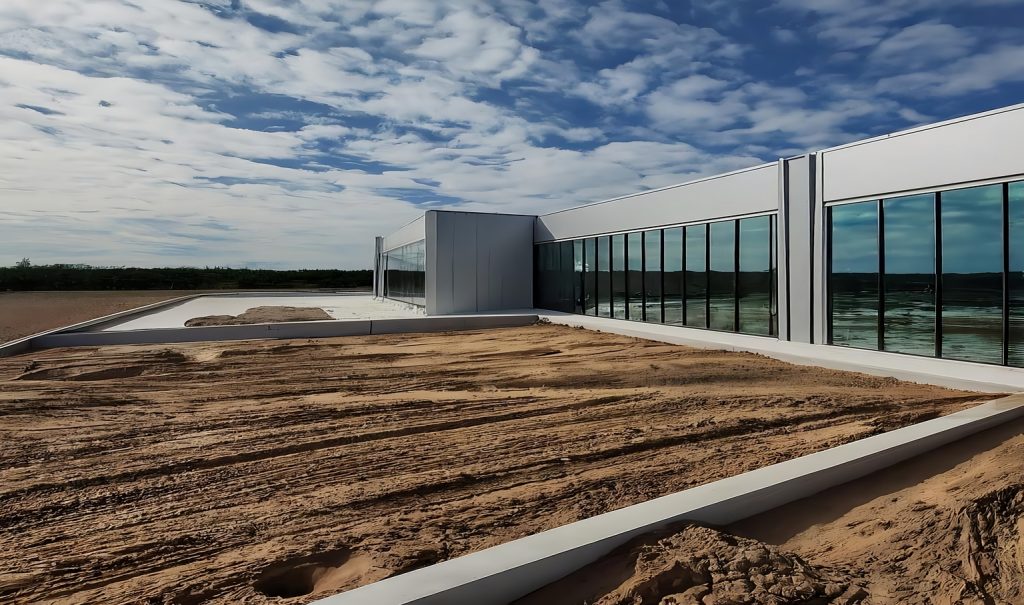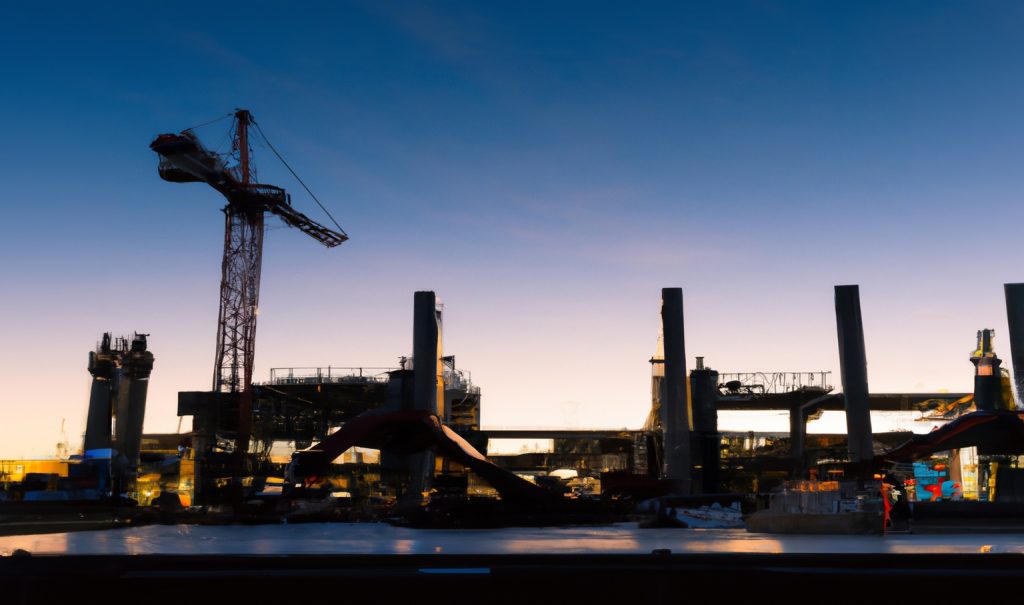Pre-construction planning often focuses on budgets, timelines, and team coordination, but the technical intricacies of this phase are equally crucial for the project’s success. There are lesser-known yet highly valuable technical benefits in pre-construction planning that often go unnoticed. These benefits are tied to intricate coordination of construction systems, material performance, site dynamics, and operational workflow optimization.
Let’s explore some of the unseen technical advantages that can make or break a construction project.
- Precision in Subsurface Analysis and Geotechnical Investigations
One of the most overlooked technical benefits of pre-construction planning is the detailed subsurface analysis. This involves geotechnical investigations to evaluate soil stability, water table levels, and potential seismic activity. These insights directly impact decisions about the type of foundation systems required and the materials that will perform best under varying conditions.
For instance, soil testing can reveal issues like high water content or expansive clay, which could lead to future structural problems if not addressed early. By understanding the geotechnical composition, engineers can recommend specific pile designs, caissons, or mat foundations tailored to the unique needs of the site, ensuring that the structure remains stable over time.
- Material Behavior Simulation Under Environmental Stresses
A lesser-known technical aspect of pre-construction planning is the simulation of material performance under environmental stresses. Engineers use advanced software to predict how different construction materials will react to fluctuating temperatures, humidity, and wind loads. These simulations go beyond simple durability assessments by analyzing the long-term behavior of materials under operational conditions.

For example, some materials may expand, contract, or degrade in harsh climates, affecting the structural integrity of the building. Simulating these factors allows engineers to choose materials that are not only structurally sound but also optimized for the local environmental conditions. This process prevents future maintenance headaches and extends the lifespan of the building.
- Seismic and Wind Load Adaptation for Complex Structures
In regions prone to seismic activity or high winds, pre-construction planning includes specialized technical evaluations to optimize the structure’s resilience. Engineers analyze the seismic vulnerability of the region using probabilistic models and develop structural reinforcements, such as flexible joints or tuned mass dampers, to counteract movement during an earthquake.
Wind tunnel testing for large projects also takes place during this phase. Through computational fluid dynamics (CFD) simulations, engineers can predict how wind will interact with the building’s geometry. This information leads to strategic changes in the design, such as reinforcing the building’s core or modifying roof structures to minimize uplift forces. These unseen adaptations make the difference between a structure that survives natural forces and one that doesn’t.
- Optimization of Energy Distribution Systems
Energy distribution is one of the most critical, yet technically challenging, aspects of construction. During pre-construction planning, engineers perform energy load calculations for electrical, heating, and cooling systems. This ensures that the building’s energy requirements are not only met but optimized for efficiency.

The unseen aspect here is in the coordination between mechanical, electrical, and plumbing (MEP) systems. Engineers create advanced layouts that account for energy consumption peaks, ensuring the building operates efficiently during high demand periods. Pre-construction planning includes detailed simulations that model energy flow throughout the building, optimizing ductwork, piping, and cable routes to avoid interference and ensure smooth operations.
- Advanced Drainage and Hydrological Planning
Pre-construction planning often includes highly technical assessments of water flow across the construction site, especially in areas susceptible to flooding. Hydrological engineers analyze rainfall patterns and topographical data to create drainage systems that efficiently divert water away from the structure. This can include subsurface drainage, bioswales, and retention ponds, all integrated into the site’s natural contours.
Moreover, advanced software models are used to simulate stormwater runoff and groundwater infiltration. These models help design systems that prevent erosion, foundation settlement, and structural flooding. Proper drainage planning can make the difference between a building that remains dry during extreme weather and one that suffers from significant water damage.
- Environmental Hazard Detection and Mitigation
One of the unseen technical benefits of pre-construction planning is the early detection of environmental hazards. This can include everything from identifying toxic materials on-site to assessing air quality risks during construction. Environmental engineers are often brought in during pre-construction to analyze potential contaminants, such as asbestos, lead, or chemical pollutants present in the soil or surrounding buildings.

Once identified, the planning process integrates technical solutions, such as advanced filtration systems, decontamination procedures, and material handling protocols. Early detection not only ensures compliance with environmental regulations but also protects workers and future occupants from health risks.
- Simulation of Structural Deformations Over Time
While it’s common to ensure a structure’s integrity at the point of construction, pre-construction planning allows for simulations of how a building will deform over time. Advanced Finite Element Analysis (FEA) models are used to predict how materials and load-bearing elements will shift under continuous stress, daily temperature changes, and load variations. This long-term deformation analysis helps engineers tweak designs and reinforce areas that may experience stress creep or settlement.
By addressing these unseen technical factors, the planning phase ensures that the building maintains its integrity over decades, reducing the risk of costly structural failures or renovations later.
- Coordinating Multi-Phase Construction With Precision
For large-scale or multi-phase construction projects, pre-construction planning involves creating a master technical schedule. This schedule outlines the sequencing of various tasks, from excavation to final finishing, ensuring that all activities are properly coordinated. Advanced scheduling software is used to model construction timelines and resource allocations, predicting potential clashes between different trades or workflows.

What’s often unseen is the technical precision required to manage material delivery schedules, workforce availability, and weather conditions. Pre-construction planning ensures that these elements are seamlessly integrated, preventing delays caused by labor shortages or material stockouts, and making sure each phase proceeds without costly downtime.
- Underground Utility Mapping and Coordination
Before excavation begins, it’s essential to have a clear map of any existing underground utilities such as gas lines, water pipes, or fiber optic cables. Pre-construction planning involves advanced ground-penetrating radar (GPR) technology to detect and map these utilities.
This unseen aspect of planning prevents accidental damage to utility lines, which could otherwise lead to safety hazards and costly repairs. By coordinating with utility companies and local authorities, the construction team can work around existing infrastructure without causing disruptions to essential services.
- Reducing Supply Chain Vulnerabilities Through Early Planning
One of the less visible but critical technical benefits of pre-construction planning is the management of supply chain vulnerabilities. With global logistics disruptions becoming more common, pre-construction planning ensures that material procurement schedules are developed to account for potential delays. Engineers and procurement teams work closely to identify alternative materials and suppliers, ensuring construction is not delayed due to unavailable resources.

By integrating supply chain forecasting models, the team can pre-emptively adjust project timelines or make alternative selections that minimize downtime. This proactive approach to supply chain management is an unseen yet essential element of pre-construction planning that helps avoid last-minute material shortages.
Conclusion
The technical aspects of pre-construction planning are not only simple budget estimates and timelines. By digging into subsurface conditions, optimizing energy systems, simulating structural performance, and coordinating complex construction workflows, this phase provides the unseen technical foundation upon which every successful construction project is built. These nuanced technical considerations ensure that projects are executed efficiently, safely, and on time, while also minimizing future operational risks.
Ready to leverage advanced technical planning for your next construction project?
Contact our team for comprehensive pre-construction support to your technical needs.

